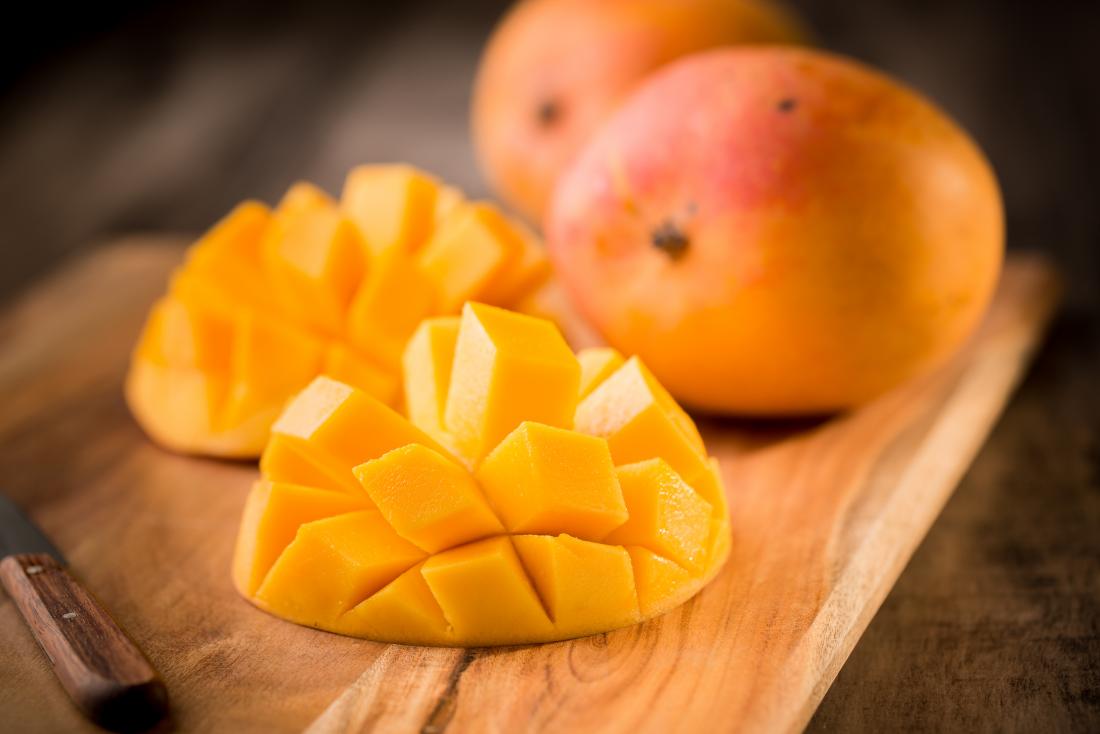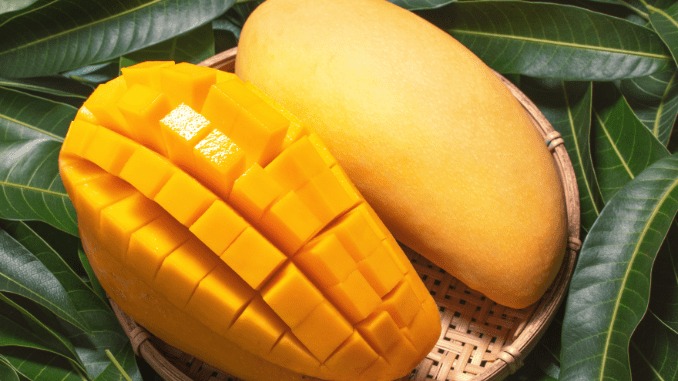As awareness of environmental issues grows, consumers are increasingly considering the sustainability of their food choices. Canned mango, a convenient and tasty option, has its own set of environmental impacts tied to its production and packaging. In this post, we will explore these impacts and provide tips on how consumers can make more sustainable choices when purchasing canned mango.
Understanding the Environmental Impact of Canned Mango
1. Production Practices
The cultivation of mangoes involves several environmental considerations:
- Water Usage: Mango farming can require significant water resources, especially in regions where water is scarce. Sustainable practices like drip irrigation and rainwater harvesting can mitigate this impact.
- Pesticides and Fertilizers: Conventional mango farming may rely on synthetic pesticides and fertilizers, which can harm local ecosystems and contribute to soil and water pollution. Organic farming practices, which reduce or eliminate these inputs, are more sustainable options.
- Biodiversity: Large-scale monoculture farming can threaten local biodiversity. Sustainable farming methods that promote crop rotation and polyculture can help protect local flora and fauna.
2. Processing and Packaging
The canning process also has environmental ramifications:
- Energy Use: The canning process requires energy for both cooking the mangoes and sterilizing the cans. Brands that invest in renewable energy sources can help reduce their carbon footprint.
- Packaging Waste: Cans are typically made of aluminum or steel, both of which require energy to produce. However, they are recyclable. Consumers should look for brands that use recyclable packaging and have recycling programs in place.
Making Sustainable Choices

Consumers can take several steps to minimize the environmental impact of their canned mango purchases:
1. Choose Organic and Sustainable Brands
Look for canned mango from brands that prioritize sustainable farming practices:
- Organic Certification: Opt for organic canned mango, as it is produced without synthetic pesticides and fertilizers. Organic farming methods are generally better for the environment and biodiversity.
- Sustainability Certifications: Seek out brands that have sustainability certifications, such as Rainforest Alliance or Fair Trade, which indicate responsible environmental and social practices.
2. Read Labels and Packaging
Pay attention to packaging and ingredient labels:
- Minimal Ingredients: Choose products that contain only mango and water or juice, avoiding those with added sugars or preservatives.
- Recyclability: Look for brands that use recyclable packaging and provide information on their recycling practices. This helps ensure that packaging materials are reused rather than ending up in landfills.
3. Support Local Producers
If available, consider purchasing canned mango from local producers:
- Reduced Transportation Emissions: Local sourcing minimizes transportation distances, reducing the carbon footprint associated with shipping.
- Support Local Economies: By choosing local brands, you contribute to the economic sustainability of your community.
While canned mango offers convenience and flavor, it’s essential to consider the environmental impacts associated with its production and packaging. By making informed choices—such as selecting organic brands, supporting sustainable practices, and paying attention to packaging—consumers can enjoy canned mango while minimizing their ecological footprint. Raising awareness about these issues encourages responsible consumption and promotes a more sustainable food system. Every small choice can contribute to a healthier planet, so the next time you reach for canned mango, think about its journey from farm to table and make choices that align with your values.


